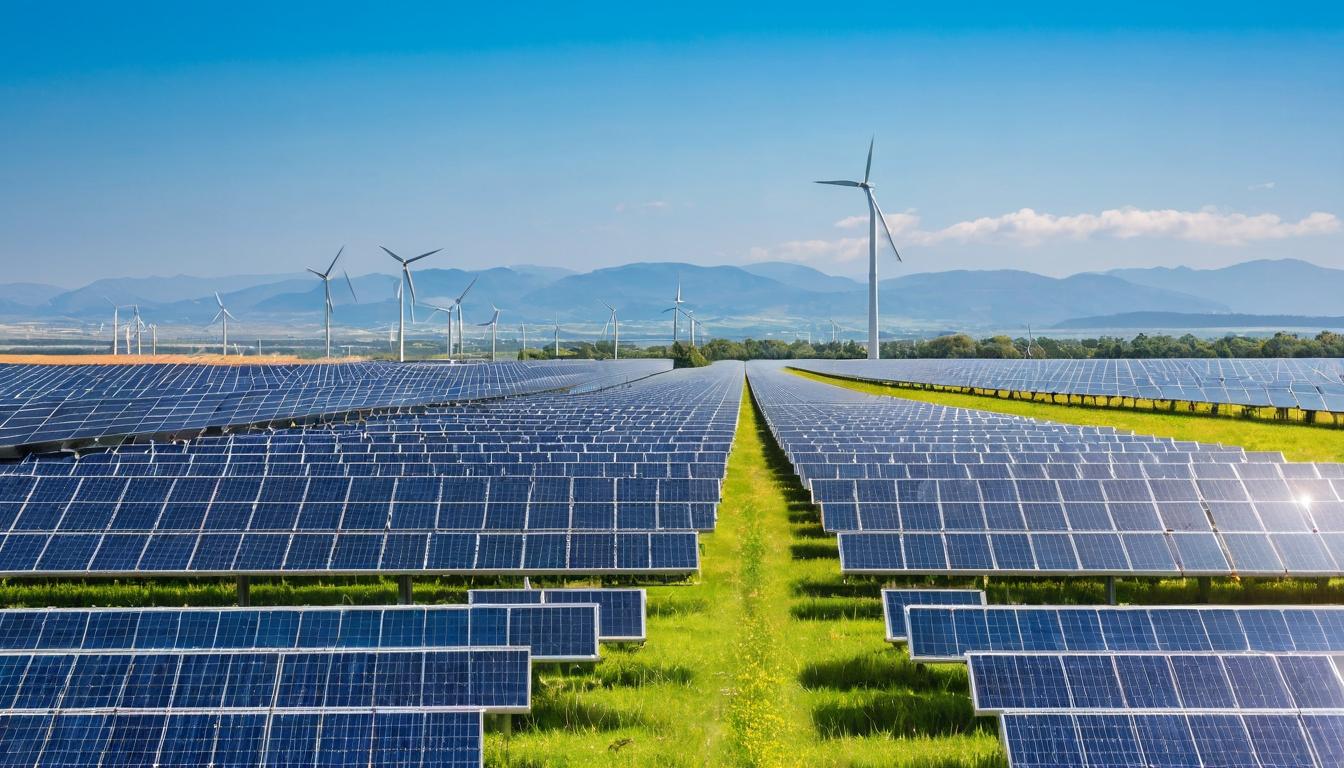Walking through the sprawling solar farm in California's Mojave Desert, the endless rows of gleaming panels stretch toward the horizon like a technological crop. But beneath this shimmering surface lies a question few in the industry want to discuss: what happens when these marvel of modern engineering reach the end of their 25-30 year lifespan? The answer reveals an industry at a critical crossroads.
While solar installations continue breaking records worldwide, the first generation of commercial panels are now approaching retirement age. By 2030, the International Renewable Energy Agency estimates we'll face 8 million metric tons of solar panel waste. By 2050, that number explodes to 78 million tons – enough to fill over 3,000 Olympic-sized swimming pools with discarded panels. The solar industry's dirty little secret is becoming impossible to ignore.
Most consumers assume their solar panels will be recycled like their aluminum cans and glass bottles. The reality is far more complicated. Traditional panels contain a cocktail of valuable materials – silver, copper, silicon – but they're sandwiched together with toxic elements like lead and cadmium, making separation both difficult and hazardous. Current recycling methods often involve crushing panels into "glass cullet" that's only suitable for low-value applications like construction filler, essentially downcycling rather than true recycling.
But innovation is emerging from unexpected places. In France, a startup called ROSI has developed a thermal and chemical process that can recover 99% of the high-purity silicon and 95% of the silver from used panels. Their method involves heating panels to specific temperatures that break adhesive bonds without damaging the valuable components inside. Meanwhile, in Australia, researchers have pioneered a technique using organic acids to separate silicon cells from glass, potentially making the process both cheaper and more environmentally friendly.
The regulatory landscape is shifting faster than the technology. The European Union has already classified solar panels as electronic waste, requiring manufacturers to fund collection and recycling programs. Several U.S. states are considering similar legislation, with Washington leading the charge with its solar stewardship program. But without federal standards, we're creating a patchwork system that could hinder rather than help the development of efficient recycling infrastructure.
Manufacturers are starting to respond to both regulatory pressure and economic opportunity. First Solar has implemented a comprehensive recycling program for its thin-film panels, recovering 90% of semiconductor material for reuse in new panels. Chinese manufacturers, who dominate global panel production, are investing heavily in recycling R&D as they anticipate massive volumes of domestic panel retirements in the coming decades.
The economics of solar recycling remain challenging but are improving rapidly. Currently, recycling a single panel costs between $15-45, while sending it to a landfill might cost only $1-5. However, as recycling technology improves and material prices rise, the value recovered from each panel could eventually make recycling profitable rather than just responsible. Some analysts project that by 2030, the materials recovered from solar panels could be worth $450 million annually – creating a compelling business case for what's currently seen as an environmental obligation.
Consumer awareness represents another major hurdle. Most homeowners installing solar today never ask about end-of-life options, and installers rarely volunteer the information. This knowledge gap means few consumers factor recycling costs into their long-term solar investment calculations. As early adopters begin replacing their first systems, this could create unpleasant surprises and potential backlash against the industry.
Beyond the technical and economic challenges lies a deeper philosophical question about renewable energy's circular economy. If solar power is meant to represent a cleaner, more sustainable future, can we really justify creating millions of tons of difficult-to-recycle waste? The industry's credibility may depend on solving this problem before it becomes a crisis.
Some forward-thinking companies are already designing panels with disassembly and recycling in mind. Concepts like modular panels with snap-together components, water-soluble adhesives, and standardized materials could revolutionize how we think about solar panel lifespan. These "design for recycling" approaches could make future panels both cheaper to produce and more valuable at end-of-life.
The race is on to develop the recycling infrastructure needed before the tsunami of retired panels hits. Several companies are building specialized recycling facilities across the U.S., betting that economies of scale and technological improvements will make the business viable. The Department of Energy has launched research initiatives focused on developing better separation techniques and finding higher-value uses for recycled panel materials.
What's clear is that the solar industry cannot afford to repeat the mistakes of other electronics sectors. The mountains of e-waste from computers and smartphones serve as a cautionary tale about what happens when recycling is treated as an afterthought rather than an integral part of product design. The solar revolution's legacy may ultimately depend not on how many panels we install, but on how well we handle them when they've served their purpose.
The hidden revolution in solar panel recycling: what happens when your panels die?

